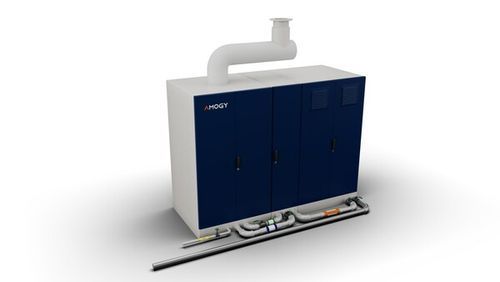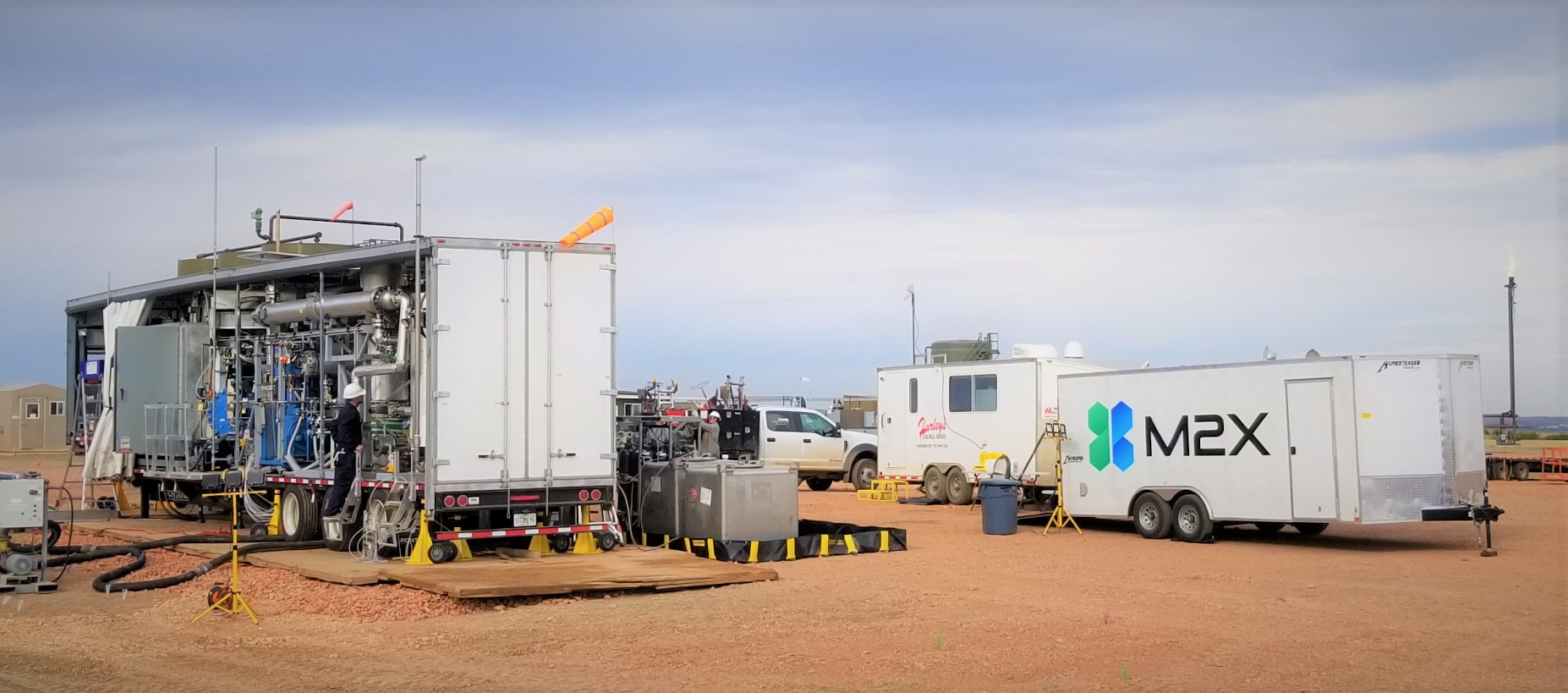Idemitsu Kosan and Mitsubishi Corporation (MC) have agreed to jointly study the efficient operation of clean ammonia carriers and transshipment terminals, participation in ExxonMobil’s planned low-carbon hydrogen and low-carbon ammonia production project in Baytown, Texas, USA, as well as the offtake of ammonia, according to a news release.
Through this joint study, Idemitsu and MC will accelerate their study on structuring a supply chain for low-carbon ammonia procured from overseas.
Idemitsu has established an ammonia import and receiving terminal utilizing the existing infrastructure at its Tokuyama Complex in Shunan City, Yamaguchi Prefecture, and aims to jointly introduce over 1 million tons of ammonia as fuel and raw materials by 2030 in cooperation with neighboring companies in the Shunan Industrial Complex.
In February of this year, Idemitsu’s Tokuyama Complex conducted a demonstration of ammonia combustion in naphtha cracking furnace that is currently in commercial use, the first of its kind in Japan, and in May, Agency for Natural Resources and Energy, METI adopted the “Ammonia supply base in the Shunan region, pipeline development in the region, and combustion facility study project” together with the 3 companies in Shunan Industrial Complex as part of the Government’s Hydrogen Supply Infrastructure Development Project. In order to be a pioneer in strengthening the competitiveness of domestic industrial complexes, Idemitsu is working with industries, government and academia to make the entire region carbon neutral.
MC is assessing the partial conversion of its LPG terminal (Namikata Terminal) in Imabari City, Ehime Prefecture, into an ammonia terminal. MC is preparing to build a hub terminal that will supply approximately 1 million tons of ammonia annually to various industrial applications such as electricity, transportation and chemicals by 2030. In April 2023, MC and potential customers in the Shikoku and Chugoku regions agreed to establish “Council for utilizing Namikata Terminal as a Hub for introducing Fuel Ammonia,” and have been discussing measures to handle ammonia, operate the terminal efficiently and expand demand. Taking advantage of Namikata Terminal’s 40 years of experience as an energy hub, MC is working to develop ammonia so that it can quickly respond to decarbonization demand in the region.
As a result, it is expected to contribute to low-carbon and decarbonization in various industries. Idemitsu and MC both plan to supply low-carbon ammonia produced by this project to Japan through their receiving terminals.






